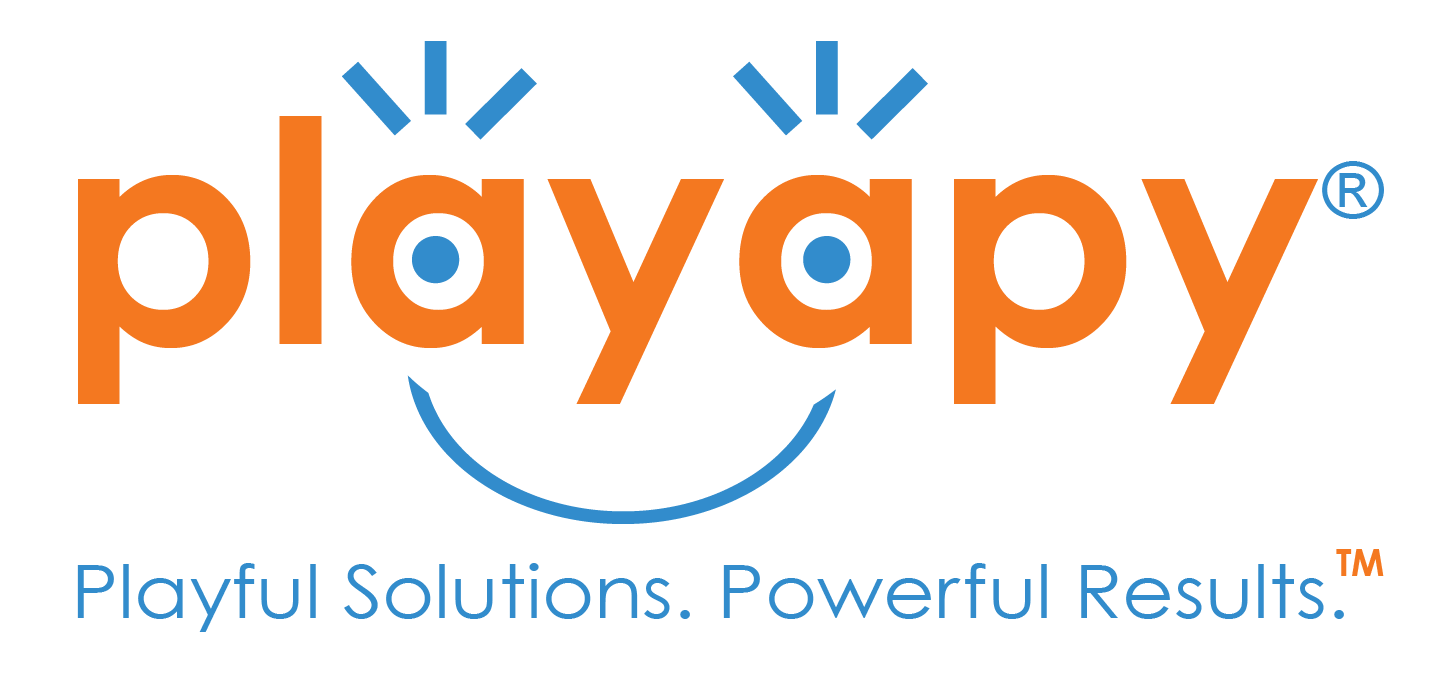
07 Apr Spotlight on OTs
April is the time of year when occupational therapists (OTs) gets their time to shine in the national spotlight… and it is needed. The average person is not familiar with OTs unless he/she or a family member has had a personal experience. It is even more unlikely that there is a true understanding of what an occupational therapist (OT) does when disability or disease is not involved. Below is a common scenario of what happens when OT is brought to light and introduced to a family with a young child.
A Common Scenario
Johnny’s preschool teacher tells mom that she thinks he is having trouble holding a crayon and maybe needs to see a specialist. Mom does some research, learns about OTs, and gets a doctor prescription. The OT completes an evaluation, which includes observing Johnny’s skills and conducting tests to see how he compares to children his age. The report written includes the results noting a delay, recommends therapy once a week for 30 minutes, and lists treatment strategies and measurable goals. Johnny sees the OT and participates in what looks like playtime. He completes exercises to build his strength in his hands as well as his large body muscles like walking around “like a bear.” He plays with toys that require him to push, pull, snap, or build using his hands differently or more efficiently. He colors with a special pencil grip to keep his fingers in place and decrease stress on the tiny joints of his young fingers. His OT creates a program for his parents to help him at home and measures his progress and creates more challenging activities for him until he is able to perform skills appropriate for his age level. Johnny’s becomes more independent at school and his confidence improves.
The Focus for Occupational Therapists
OTs can focus on many skill areas including dressing and feeding skills. Often a child that has trouble holding a crayon properly often also has difficulty holding other utensils and may require additional assistance with tasks like buttoning a shirt or tying shoelaces. An OT can assist with these life skills as well. If your child is struggling with daily activities common for his or her age, consult with your pediatrician about seeing an occupational therapist for an evaluation. I hope you find this tip helpful. Have a playful day!
Amy Baez, MOT, OTR/L
Amy Baez is a pediatric occupational therapist, award-winning handwriting author, and Founder of Playapy. For more information, visit www.playapy.com or email [email protected].
